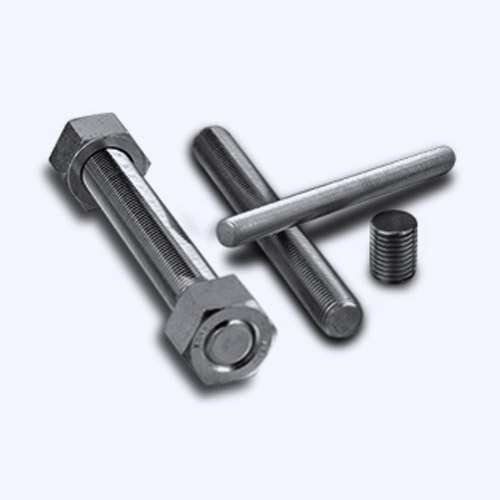Aug . 17, 2024 04:43 Back to list
Stainless Steel Metric Flange Bolts for Secure and Reliable Fastening Solutions
Understanding Stainless Steel Metric Flange Bolts
Stainless steel metric flange bolts are essential components widely used in various industrial and construction applications. These bolts are designed for high-strength fastening while providing excellent resistance to corrosion, making them ideal for outdoor and high-moisture environments. This article explores the characteristics, benefits, and applications of stainless steel metric flange bolts.
Characteristics of Stainless Steel Metric Flange Bolts
Flange bolts are characterized by their unique design that incorporates a wider, flat surface at the head, which is intended to distribute the load over a larger area. This design feature makes them particularly useful in applications where a standard bolt might not provide adequate support. The metric designation means these bolts are manufactured according to metric measurements, which is critical for compatibility with other metric components in machinery and structural assemblies.
Stainless steel is the material of choice for these bolts due to its alloy content, which typically includes chromium and nickel. The presence of chromium creates a passive layer of oxide on the steel's surface, which prevents rust and corrosion. The specific grades of stainless steel commonly used for flange bolts are 304 and 316. Grade 304 offers good corrosion resistance, while Grade 316 provides enhanced protection against saltwater and chloride environments, making it suitable for marine applications.
Benefits of Stainless Steel Metric Flange Bolts
One of the primary advantages of using stainless steel metric flange bolts is their exceptional durability
. They can withstand extreme temperatures, harsh chemicals, and environmental conditions without losing their structural integrity. This resilience leads to a longer lifespan for the components they secure, reducing the need for frequent replacements and thereby lowering maintenance costs.stainless steel metric flange bolts

Furthermore, the design of flange bolts allows for easier installation. The wide flange increases the surface area for contact, reducing the risk of stripping threads during installation and ensuring more even torque distribution. This feature is particularly beneficial in high-vibration situations, as it helps maintain tightness over time.
Additionally, the aesthetic appeal of stainless steel can’t be overlooked. For applications where visibility is a concern, such as architectural projects, these bolts not only perform admirably but also enhance the overall appearance of the assembly.
Applications of Stainless Steel Metric Flange Bolts
The versatility of stainless steel metric flange bolts makes them suitable for a range of applications across different industries. In the construction sector, they are commonly used to fasten structural elements, such as steel beams and columns, where strength and reliability are paramount. In the automotive industry, they are instrumental in assembling various parts, including engine components and chassis.
Marine applications also heavily rely on these bolts due to their corrosion resistance in saline environments. They are used to secure fittings, railings, and other critical structures on boats and ships. Moreover, in the manufacturing of outdoor equipment, such as bicycles and patio furniture, stainless steel metric flange bolts provide a combination of strength and weather resistance.
Conclusion
In conclusion, stainless steel metric flange bolts are sophisticated fasteners that offer numerous benefits in terms of strength, durability, and resistance to corrosion. Their unique design facilitates easier installation and provides reliable performance across various applications. Whether in construction, automotive, or marine industries, these bolts play a pivotal role in ensuring the longevity and safety of the structures and machinery they support. Understanding these elements can help ensure proper selection and application, leading to optimized functionality and performance in any project.


